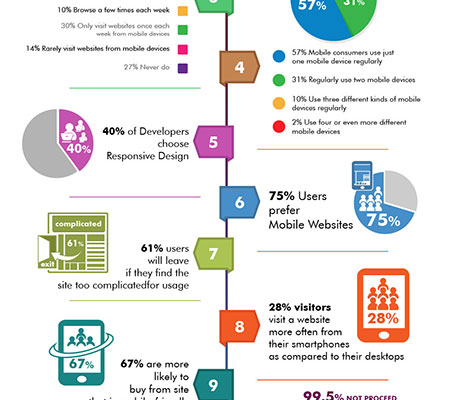Prepare Yourself To Trip Through Time And Uncover How Internet Sites Have Ended Up Being Much More Advanced, Easy To Use, And Aesthetically Stunning
Prepare Yourself To Trip Through Time And Uncover How Internet Sites Have Ended Up Being Much More Advanced, Easy To Use, And Aesthetically Stunning
Blog Article
Material Create By-Rasmussen Peters
In the past, websites were easy and concentrated on information. Navigating was straight, and style was for desktop computers. Currently, individual experience is crucial. Information guides layouts for easy navigation. Responsive designs fit different tools. Today, dark setting lowers strain, and minimal food selections boost navigating. Interactive features engage users, and strong visuals attract attention. AI assimilation enhances interaction. See exactly how design has developed to enhance your on the internet journey.
Very Early Days of Web Design
In the very early days of website design, simpleness preponderated. Websites were basic, with minimal colors, typefaces, and layouts. The focus got on giving info instead of flashy visuals. Individuals accessed the net with sluggish dial-up connections, so rate and functionality were essential.
Navigating menus were straightforward, typically situated on top or side of the page. Web sites were developed for computer, as mobile surfing had not been yet widespread. check out here was king, and developers prioritized simple readability over complex style aspects.
HTML was the key coding language utilized, and designers needed to work within its restrictions. Computer animations and interactive attributes were minimal contrasted to today's standards. Web sites were static, with little dynamic material or individualized user experiences.
Increase of User-Focused Style
With the development of web site layout, a shift in the direction of user-focused design concepts has come to be progressively prominent. Today, creating sites that prioritize user experience is critical for engaging visitors and achieving organization objectives. User-focused layout entails comprehending the demands, choices, and habits of your target audience to tailor the site's design, web content, and features as necessary.
Developers currently carry out extensive research study, such as user surveys and usability screening, to collect insights and responses directly from customers. This data-driven technique aids in developing user-friendly navigating, clear calls-to-action, and aesthetically enticing user interfaces that reverberate with visitors. By placing the user at the facility of the design procedure, internet sites can deliver an extra personalized and delightful experience.
Responsive design has also emerged as a crucial facet of user-focused style, guaranteeing that web sites are optimized for various tools and screen sizes. This versatility boosts accessibility and use, accommodating the diverse means users engage with websites today. Basically, the surge of user-focused design signifies a change towards producing electronic experiences that focus on the requirements and expectations of the end user.
Modern Trends in Website Design
Discover the most up to date fads forming web design today. One noticeable trend is dark setting design, offering a sleek and modern-day look while minimizing eye pressure in low-light environments. Another vital pattern is minimalist navigating, simplifying menus and enhancing customer experience by focusing on essential elements. Integrating Suggested Resource site -interactions, such as animated buttons or scrolling impacts, can create an extra interesting and interactive web site. Responsive layout remains crucial, making sure seamless customer experiences throughout numerous tools. In addition, utilizing strong typography and unbalanced formats can include aesthetic interest and draw attention to certain content.
Incorporating AI innovation, like chatbots for customer support or individualized recommendations, improves individual engagement and simplifies procedures. Accessibility has also come to be a considerable pattern, with designers focusing on comprehensive style techniques to deal with diverse customer demands. Accepting sustainability by optimizing site performance for speed and performance is one more emerging trend in website design. Working together with customer responses and data analytics to iterate and enhance layout constantly is important for staying relevant in the ever-evolving electronic landscape. By welcoming these contemporary patterns, you can create a visually enticing, straightforward site that reverberates with your audience.
Final thought
As you reflect on the development of web site style from the very early days to now, you can see how user-focused design has come to be the driving force behind modern-day trends.
Accept the trip of modification and adjustment in website design, always maintaining the individual experience at the center.
Tippingpointdigital
Remain current with the most up to date patterns and innovations, and never ever quit advancing your strategy to produce visually spectacular and straightforward web sites.
Evolve, adjust, and create - the future of website design is in your hands.
